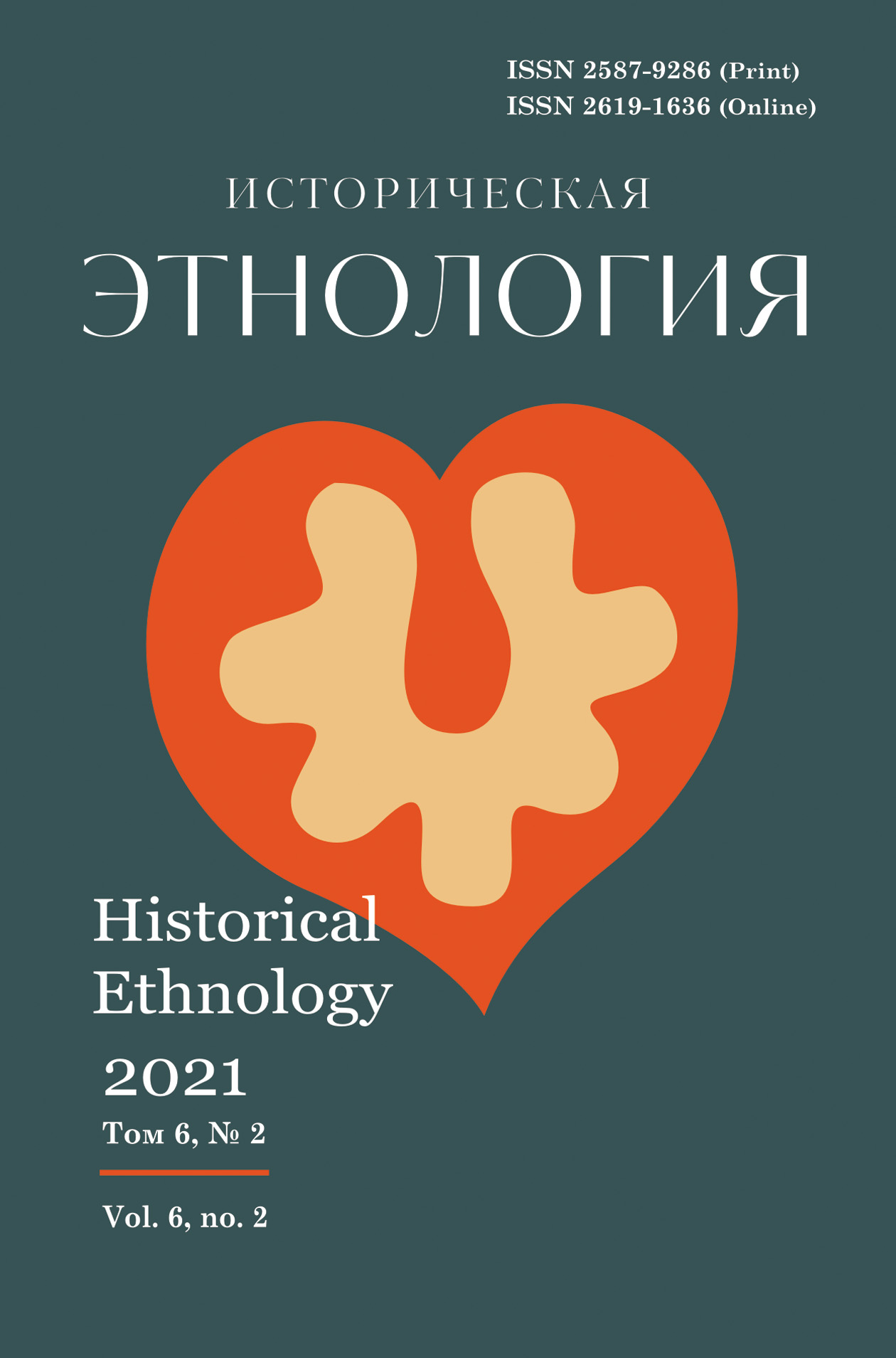
Main menu / 2021, vol.6, no.2 / Suraganova Z.K., Sarsembina K.K.
Kumis Holidays, Rituals and Ceremonies in the Context of the Culture of Memories of the Great Steppe Suraganova Z.K., Sarsembina K.K.
257–270 p. doi.org: 10.22378/he.2021-6-2.257-270 Based on written and field sources, this article examines kumis holidays, rituals and ceremonies in historical retrospect and modern reality. According to Chinese, Armenian, Central Asian sources of the 13th–17th centuries, the ritual significance of kumis is shown which for centuries retained the role of the main ceremonial attribute in the framework of military rituals and sacrifices in the culture of the peoples of Central Asia. Kumis was sprinkled on military standards on the eve of the battle. It acted as a sacrificial libation to Heaven, the cardinal points, and the mountains. Kumis was a prestigious drink and an obligatory treat both in the nomad tent of a simple steppe dweller and at state receptions and festivals of the great steppe empires. This drink served as the main treat at the feast. The order of its distribution semantically designated the hierarchies in the steppe empires. In the Kazakh steppe, the traditions of kumis ceremonies and holidays continue, according to ethnographic sources of the 19th–20th centuries, to maintain stability. In the twentieth century, the prestigious nature of kumis among the Kazakhs is still noted, and the ritual character of kumis treats is indicated. Currently, kumis in Kazakhstan still plays the role of a prestigious drink, which is present not only in calendar rituals but also in feasts organized as part of the rituals of the life cycle. Field studies carried out in July-September 2021 give reason to speak not only about the sustainability of kumis holidays within the framework of the spring and autumn calendar rituals, but also their actualization as an element of intangible cultural heritage and an application for setting a world record. In contrast to the Middle Ages, in the ceremony of treating kumis today, a change in the nature of the religious rite and purpose is noted. The complex of kumis holidays that arose in ancient times is considered today by Kazakhs as a cultural heritage, as a place of memory. It is used as a symbolic capital for organizing and carrying out various kinds of events. Keywords: Kymyzmuryndyk, Sirge zhiyar, place of memory, kumys rituals and ceremonies, Kazakhs For citation: Suraganova Z.K., Sarsembina K.K. Kumysnye prazdniki, ritualy i ceremonii v kontekste pomnyashchej kul'tury velikoj stepi [Kumis Holidays, Rituals and Ceremonies in the Context of the Culture of Memories of the Great Steppe] // Istoricheskaya etnologiya, 2021, vol. 6, no. 2, pp. 257–270. https://doi.org/10.22378/he.2021-6-2.257-270
REFERENCES Dyurkgeym E., Mauss M. O nekotorykh pervobytnykh formakh klassifikatsii k issledovaniyu kollektivnykh predstavleniy [On Primitive Forms of Classification for the Study of Collective Representations]. Mauss M. Obshchestva. Obmen. Lichnost’. Trudy po sotsial’noy antropologii. Moscow, 2011, pp. 55–124. (In Russian)
About the authors: Zubaida K. Suraganova, Cand. Sc. (History), Leading Research Fellow, State Historical and Cultural Museum-Reserve «Bozok» (54 Taeulsizdik Ave., block 6, Nur-Sultan Z00T2C9, Republic of Kazakhstan); e-mail: suraganova_zk@mail.ru; Kuralai K. Sarsembina, Cand. Sc. (History), Associate Professor, L.N. Gumilyov Eurasian National University (2 Satpaev St., Nur-Sultan Z01A3D7, Republic of Kazakhstan); e-mail: kuralai_sk@mail.ru Received September 24, 2021 Accepted for publication November 22, 2021 Published Online November 29, 2021 |
Istoricheskaya etnologiya Historical Ethnology
Scientific journal







